Yoga for Healing: The Importance of Developing Body Awareness and Interoception
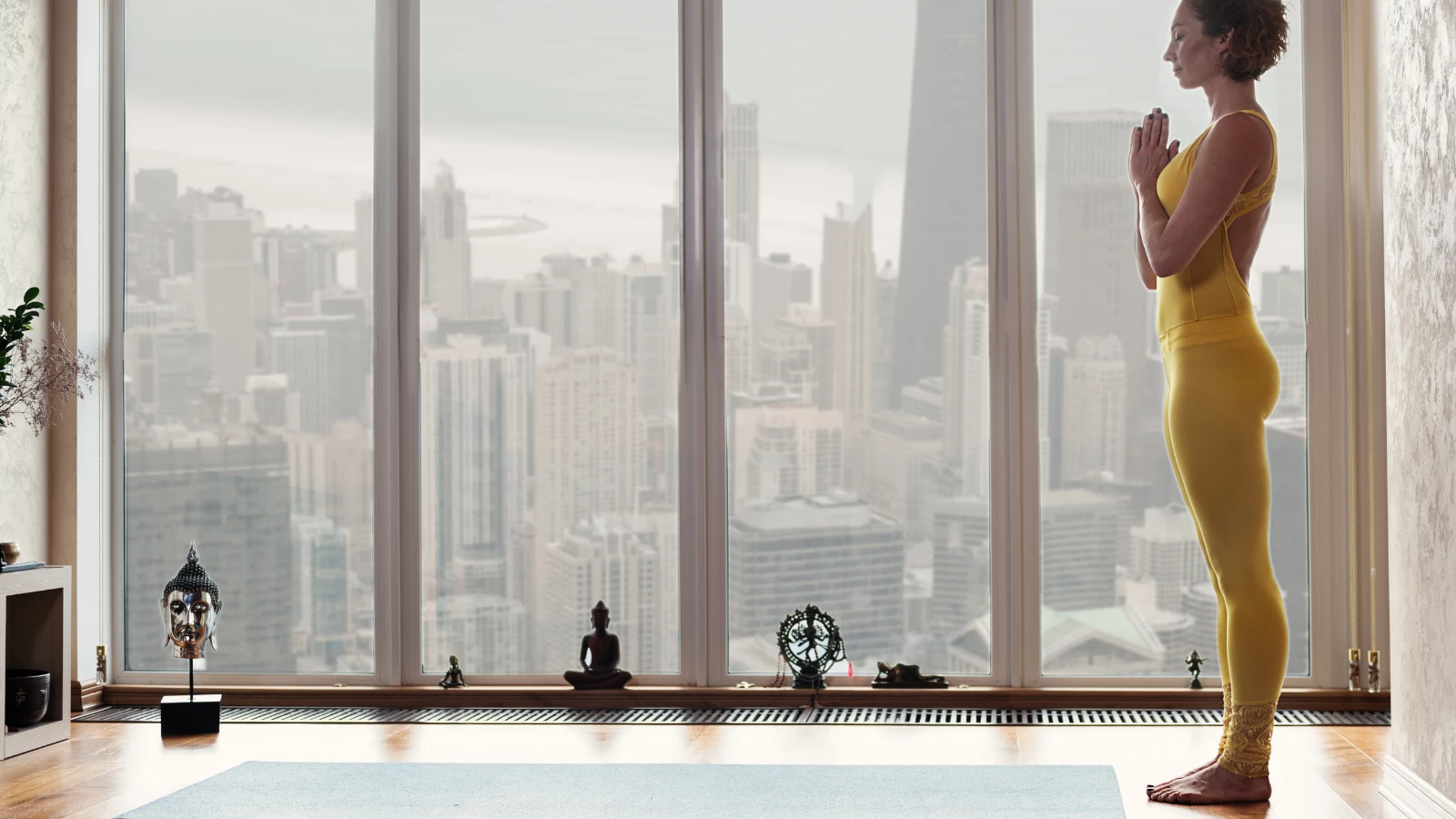
Article At A Glance
So often in our yoga practice, we focus on the physical—releasing tension here, strengthening this, stretching that, and so on.
Our physiology is usually an afterthought and we don’t specifically focus on it unless it starts to malfunction and shows up in our digestion, stress response, respiratory condition, hormonal imbalance, and so on.
Sometimes this is warranted, and a particular structural issue is simply due to how we use the body in our daily life. But other times, there might be a complex knot of physical, physiological, and emotional issues that is manifesting as physical tension or pain. If we want to use yoga for healing, we must address the physical, physiological, and mental/emotional levels.
Healing is Multifaceted
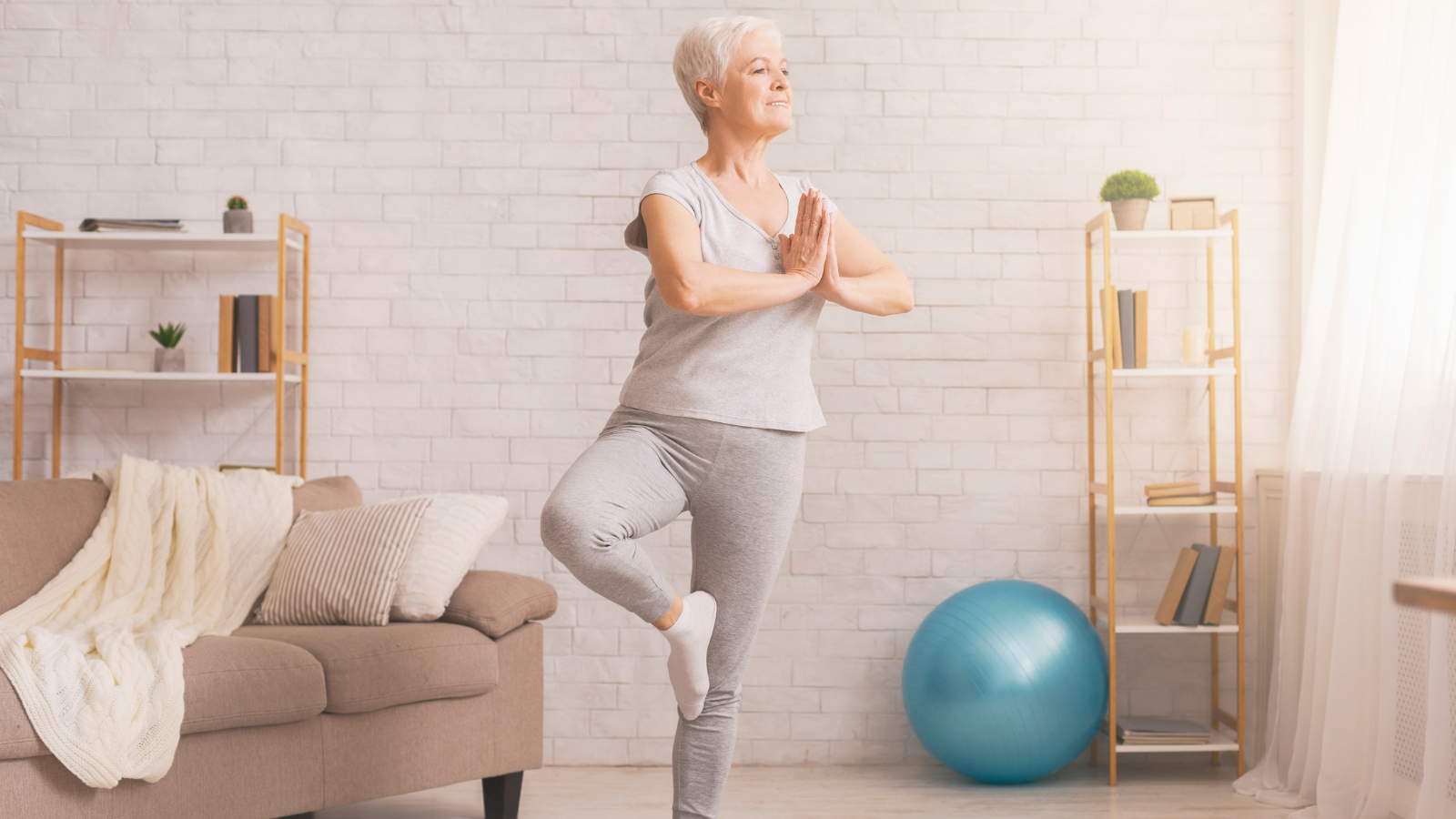
Consider one of my older students who have recurring knee issues. Sometimes she feels like her knees would be unable to support her weight. She fears her knees will buckle. This sensation comes and goes and can probably be explained by a combination of a sedentary lifestyle, joint stiffness due to age, muscle imbalance, arthritis, and so on.
This is not the only physical issue she has, but this is the only issue that causes her great distress. Every time her knees flare up, she enters a state close to panic. Why would she have such a strong reaction to something that she can deal with and knows will eventually pass?
As we dug a little deeper, we discovered that in her mind having strong knees is inexplicably linked with being able to walk. Turns out that her mother had knee issues. She eventually became incapacitated and bed-bound and slowly wasted away. Never mind that there were many other factors that contributed to her mother’s demise. In my student’s mind, knee issues literally equal death.
Addressing All the Layers
Whenever we or our students have a disproportional, visceral reaction to an issue, it might point to an underlying layer of mental associations or experiences that make it more significant or less bearable. In yoga, we love to talk about the connection between the body, physiology, and mind. But in reality, there is no separation between those aspects of ourselves. Whatever happens at any one level of our system affects the other layers. And it all boils down to our organism’s assessment of an impending threat to our survival.
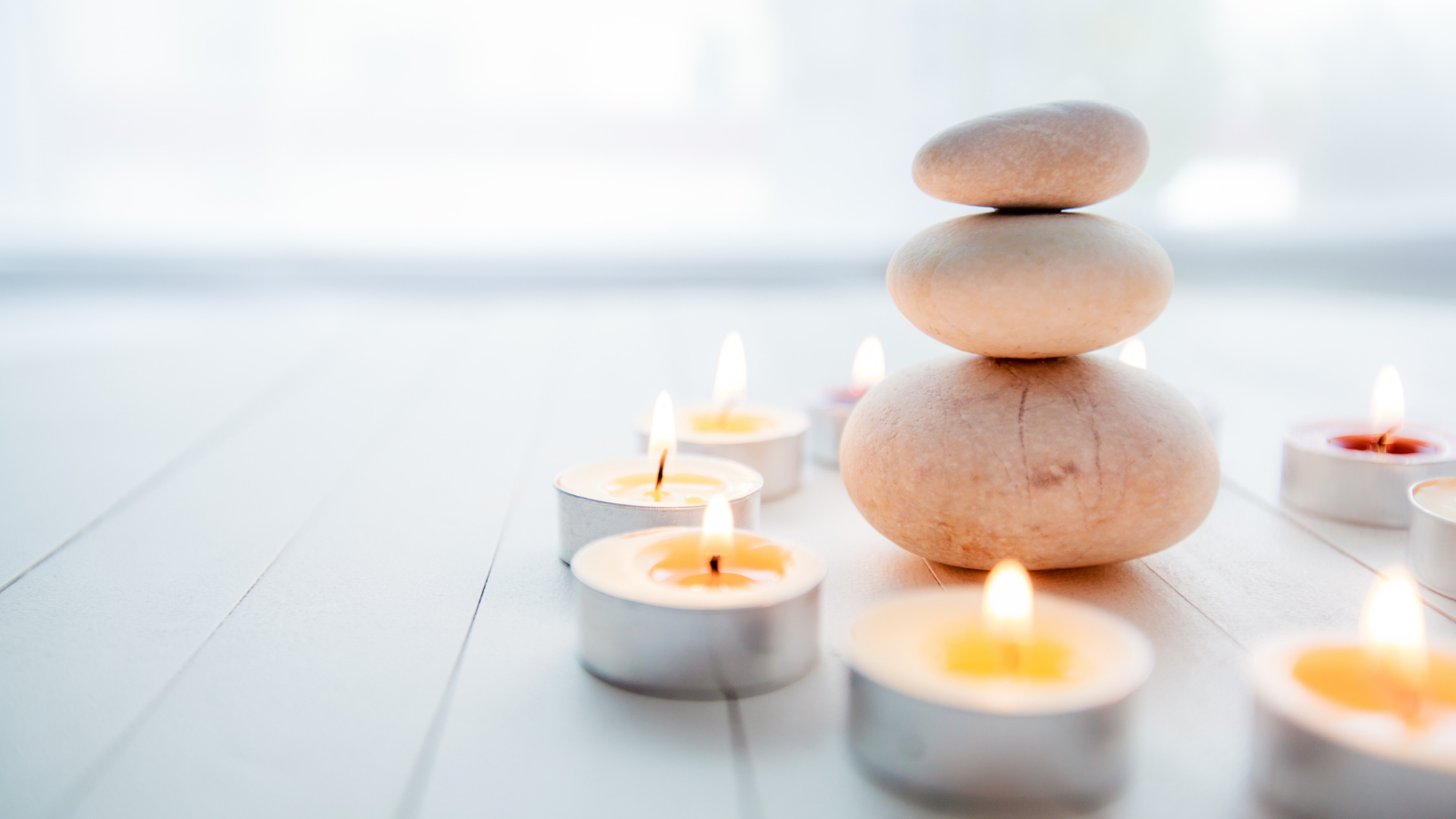
When we deal with a multilayered issue, it is not enough to work with the strictly physical aspects. We need to address the issue on each one of the layers that are involved—physical structure, physiology, and mental associations.
Strengthening my student’s knees was helpful and reassuring but did nothing to dispel her ultimate fear. Becoming consciously aware of where that fear came from was also useful, but not enough to alleviate it. Tuning it to her actual physiological response that got triggered as a result of the knee flare-up helped her identify when her nervous system was going into overdrive. Then she could use yogic tools (specifically breathing) to calm her system down.
It’s the combined effort on all three fronts that enables her to keep her knees strong, her mind aware and her reactions in check when the next episode eventually comes. Since then, the episodes have become less frequent and less severe, but they will probably never go away completely.
Yoga for Healing: The Importance of Interoception
This three-pronged approach (structural, physiological, and mental) is only possible if we develop interoception, our ability to sense the inner workings of the body, particularly the state of our autonomic nervous system. In our yoga practice, we often bring our attention to what our body parts are doing, but we don’t often notice what’s going on with our physiology.
This is another reason why working with the breath is so essential in our yoga practice. It gives us a window into our physiological world and enables us to notice what’s going on inside of our bodies. My client with a bouncy leg that I mentioned earlier was a surgeon who operated on people’s organs all day, but he never took time to connect to his own physiology and become aware of the inner workings of his own body. He had great knowledge on how to treat the body that’s sick, but not how to keep the body well.
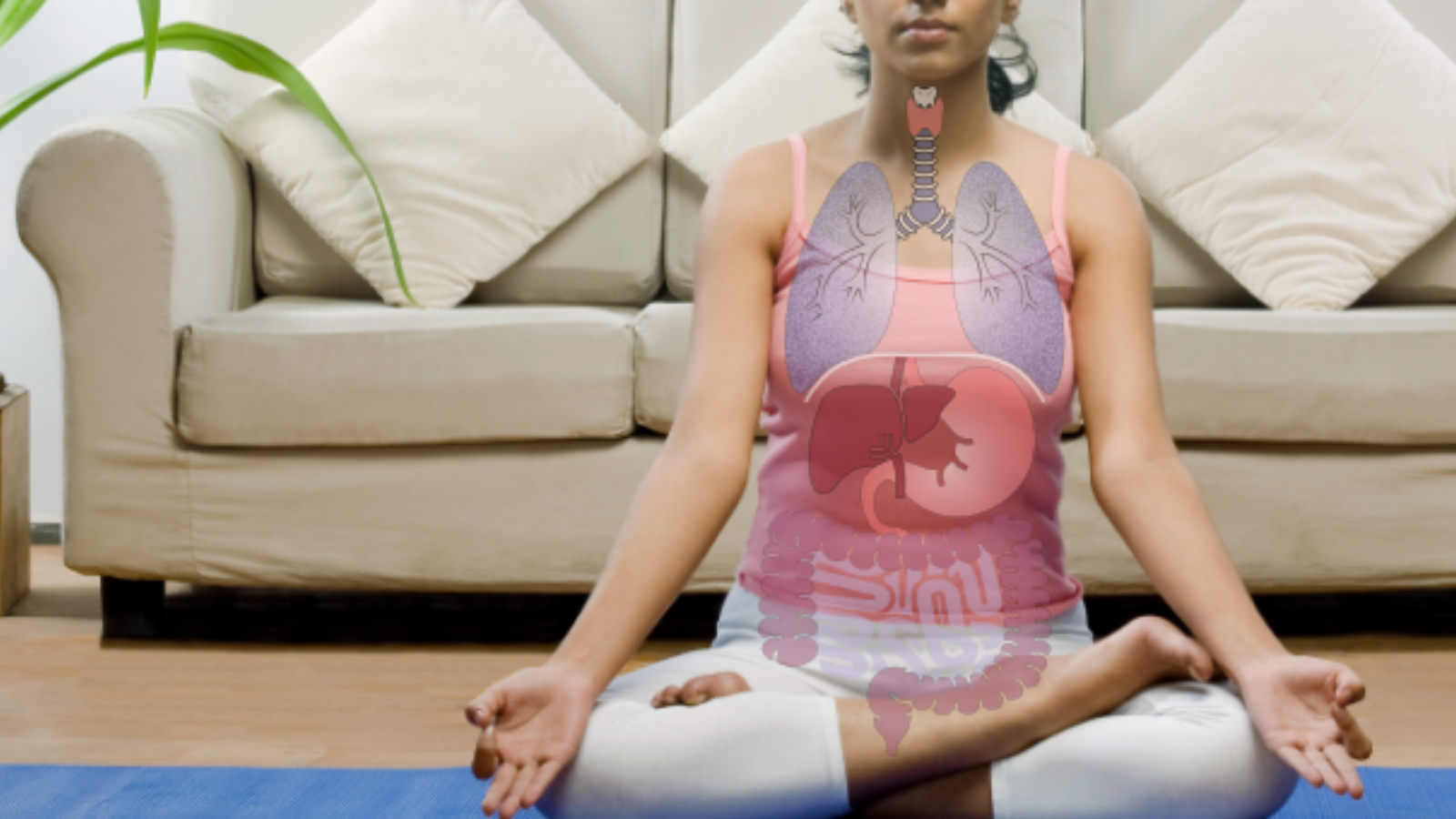
How to Develop Interoception in Yoga for Healing
One of the most important things we can teach ourselves and our students is to pay attention to our direct physiological sensations—developing interception and the ability to distinguish between different kinds of sensations. This means paying attention to four main areas that we can generally feel:
- Respiration: depth and rate of breathing, work of the primary and accessory respiratory muscles, sense of restriction or ease around the lungs
- Circulation: pace and intensity of the heartbeat, feeling warm or cold, pulse, blood pressure, sensations around the heart
- Digestion: tight knots, queasy feelings, bloating, “butterflies” in the stomach
- Skin: dry or oily, warm or clammy, sweaty or itchy, how comfortable we are in our own skin
Collectively, those sensations also point to the state of your autonomic nervous system and give you an idea of whether your body is ready to fight, flee, freeze or rest and socialize.
Awareness is Key in Yoga for Healing
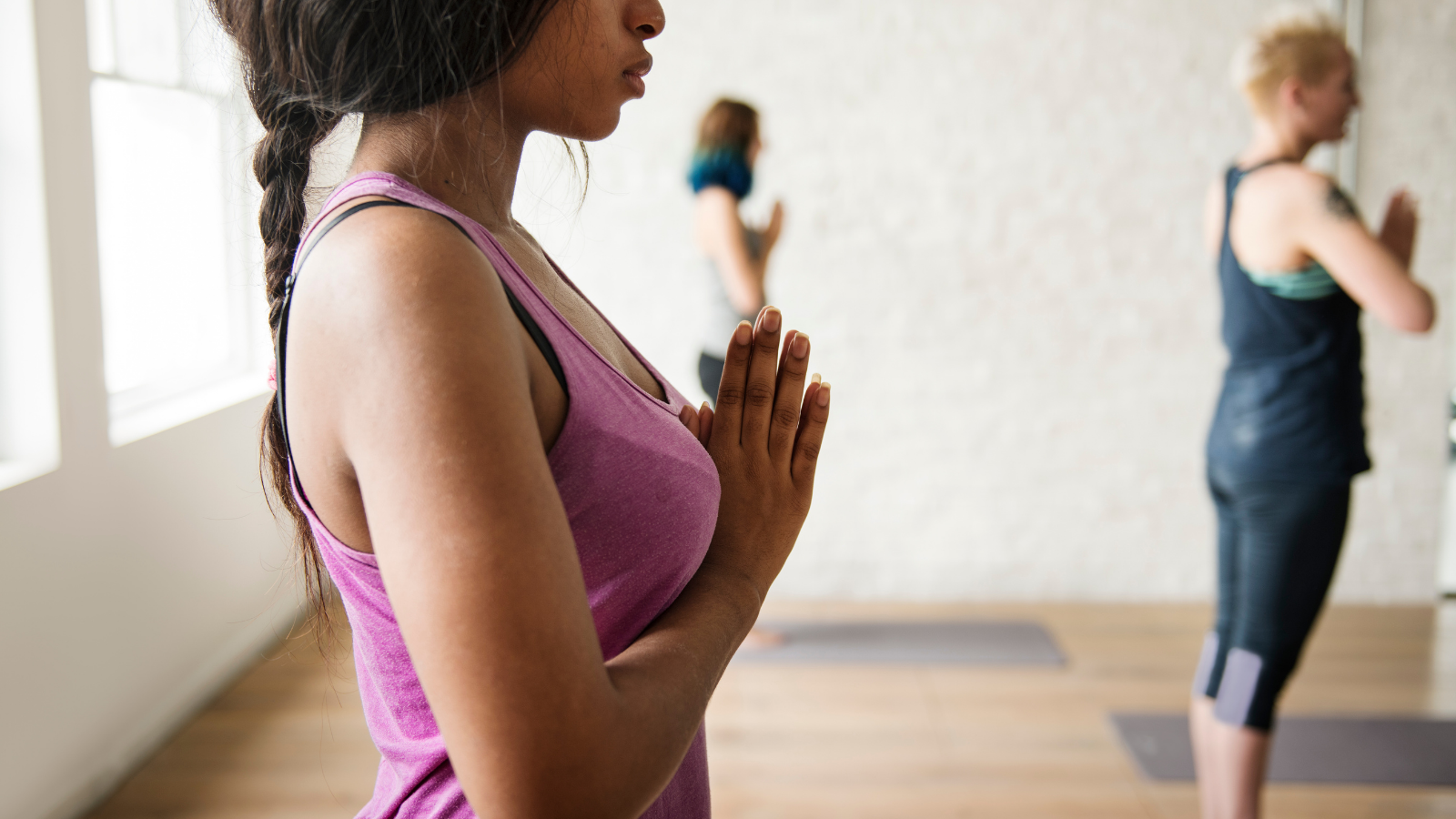
Paying attention to the inner workings of our bodies gives us a chance to inhabit our bodies, acknowledge our physiology, observe how it reflects in our mental-emotional and physical states, and move from sympathetic to parasympathetic activation. It also gradually fosters our ability to interpret our physiological sensations more consciously and more accurately instead of just jumping to the most habitual conclusions. In addition, becoming familiar with and befriending the sensations in our bodies is essential in using yoga for healing from any kind of trauma.
Bessel Van Der Kolk, MD in his exceptional book The Body Keeps the Score: Brain, Mind, and Body in the Healing of Trauma, writes: “In order to change, people need to become aware of their sensations and the way that their bodies interact with the world around them. Physical self-awareness is the first step in releasing the tyranny of the past.”
So next time you do your yoga practice, take time at the beginning and at the end to tune in to your physiology to notice how your body feels on the inside and how much awareness you have of your inner processes. The more often you do it, the more sophisticated your awareness will become.
Also, read...
Desk-Friendly Yoga Neck and Shoulder Stretches
6 Yoga Poses to Expand Your Heart
Yoga Practice Tips: Why Listening to Your Body Might Not Be Enough
Related courses

Educated as a school teacher, Olga Kabel has been teaching yoga for over 14 years. She completed multiple Yoga Teacher Training Programs but discovered the strongest connection to the Krishnamacharya/ T.K.V. Desikachar lineage. She had studied with Gary Kraftsow and American Viniyoga Institute (2004-2006) and received her Viniyoga Teacher diploma in July 2006, becoming an AVI-certified Yoga Therapist in April 2011. Olga is a founder and managing director of Sequence Wiz— a web-based yoga sequence builder that assists yoga teachers and yoga therapists in creating and organizing yoga practices. It also features simple, informational articles on how to sequence yoga practices for maximum effectiveness. Olga strongly believes in the healing power of this ancient discipline on every level: physical, psychological, and spiritual. She strives to make yoga practices accessible to students of any age, physical ability, and medical history, specializing in helping her students relieve muscle aches and pains, manage stress and anxiety, and develop mental focus.



